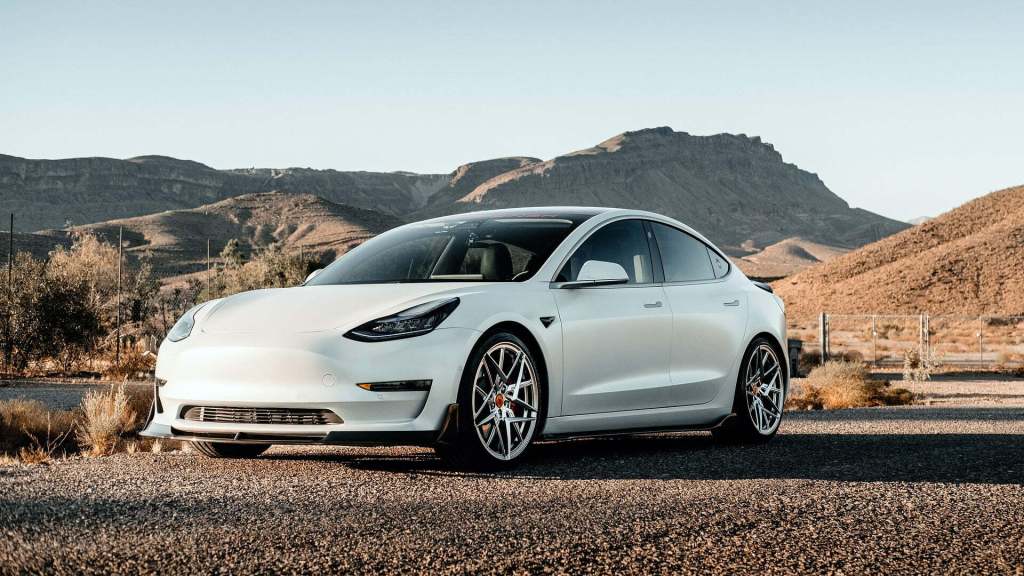Falling Demand: Why Fewer Canadians Want Electric Vehicles

Table of Contents
High Purchase Prices and Limited Incentives
One of the most significant barriers to widespread EV adoption in Canada is the high upfront cost. Electric cars, even with government incentives, remain significantly more expensive than comparable gasoline-powered vehicles. This price disparity disproportionately affects average Canadian consumers.
- Price Comparison: A quick comparison reveals that many EVs cost thousands of dollars more than similar gasoline-powered vehicles, even after factoring in potential fuel savings over the vehicle's lifetime. This initial financial hurdle is a major deterrent.
- Insufficient Government Incentives: While the Canadian government offers various EV subsidies and tax credits (varying by province), these incentives often fall short of bridging the price gap. Many Canadians find the incentives insufficient to justify the higher purchase price. Eligibility criteria further limit the number of consumers who can benefit. For example, income restrictions or vehicle type limitations can exclude a significant portion of the population.
- Lack of a Robust Used EV Market: The lack of a well-established used EV market in Canada further exacerbates the affordability issue. The depreciation on EVs can be steeper than on gasoline cars, making used EVs still relatively expensive for many buyers.
Range Anxiety and Charging Infrastructure
Range anxiety—the fear of running out of battery power before reaching a charging station—remains a significant concern for potential EV buyers in Canada. This fear is exacerbated by the uneven distribution of charging infrastructure across the country.
- Limited EV Range: The driving range of many EVs, even newer models, is still considerably less than that of gasoline vehicles. This limits their practicality for long-distance travel, particularly in rural areas.
- Uneven Charging Infrastructure: While major urban centers boast a growing number of charging stations, many rural and remote areas lack adequate charging infrastructure. Finding a reliable charging station during long journeys can be challenging, increasing range anxiety.
- Charging Speed and Reliability: The speed and reliability of existing charging stations are also inconsistent. Slow charging times and malfunctioning chargers further contribute to consumer apprehension. The lack of standardized charging technologies adds another layer of complexity.
Concerns about Electricity Grid Capacity and Environmental Impact
The increased electricity demand from widespread EV adoption raises concerns about the capacity of the Canadian electricity grid. Furthermore, the actual environmental impact of EVs is a subject of ongoing debate.
- Electricity Consumption and Grid Strain: Charging millions of EVs will undoubtedly put a greater strain on Canada's electricity grid, particularly during peak demand periods. Upgrades and expansions of the grid infrastructure will be necessary to accommodate the increased demand.
- Carbon Footprint of EVs: While EVs produce zero tailpipe emissions, their overall environmental impact depends heavily on the source of electricity used to charge them. If a significant portion of electricity generation still relies on fossil fuels, the carbon footprint of EVs may be higher than initially assumed.
- Battery Production and Disposal: The production and disposal of EV batteries also raise environmental concerns. The mining of raw materials and the potential for hazardous waste from battery disposal require careful consideration and sustainable solutions. The lack of comprehensive battery recycling programs in Canada adds to this concern.
Lack of Model Variety and Consumer Choice
The current selection of electric vehicles available in Canada is comparatively limited when compared to the range of gasoline-powered vehicles. This lack of diversity impacts consumer choice and appeal.
- Limited Model Availability: The number of EV models available in Canada, particularly in segments like larger SUVs and trucks, is significantly lower than the variety of gasoline-powered vehicles. This lack of options restricts consumer choice based on their lifestyle needs.
- Meeting Diverse Needs: Many consumers require specific vehicle types, such as larger SUVs for families or pickup trucks for work purposes. The lack of diverse EV models in these segments hinders broader adoption.
Conclusion
The falling demand for electric vehicles in Canada is a complex issue stemming from high purchase prices, range anxiety, concerns about the electricity grid and its impact on the environment, and a limited choice of models. Addressing these challenges is crucial for stimulating EV adoption and creating a sustainable transportation future in Canada. This includes strengthening government incentives, expanding charging infrastructure, investing in renewable energy sources, and increasing the variety of available EV models. Let's discuss how to reignite the demand for electric vehicles in Canada and pave the way for a greener future.

Featured Posts
-
 The Widening Cracks In Private Credit Credit Weeklys Findings
Apr 27, 2025
The Widening Cracks In Private Credit Credit Weeklys Findings
Apr 27, 2025 -
 Improved Banking Regulation Ecbs New Task Force In Action
Apr 27, 2025
Improved Banking Regulation Ecbs New Task Force In Action
Apr 27, 2025 -
 Nbc News Hhs Taps Anti Vaccine Activist To Investigate Autism Vaccine Link
Apr 27, 2025
Nbc News Hhs Taps Anti Vaccine Activist To Investigate Autism Vaccine Link
Apr 27, 2025 -
 Fifth Champions League Place For Premier League A Near Certainty
Apr 27, 2025
Fifth Champions League Place For Premier League A Near Certainty
Apr 27, 2025 -
 Bmw And Porsche In China A Study Of Market Entry And Growth Challenges
Apr 27, 2025
Bmw And Porsche In China A Study Of Market Entry And Growth Challenges
Apr 27, 2025
